
This path cuts through the edge of the prairie at River Bend Nature Center, Faribault.
AS RANDY AND I HIKE the paved trails through the woods and the grassy path edging the prairie at River Bend Nature Center in Faribault, we often see the same sights, have the same conversations.

Prairie wildflowers

These prairie grasses remind me of my youth, when I played in such grass on the southwestern Minnesota prairie.

My favorite prairie wildflower, the black-eyed susan.
I talk about my love for the prairie and for the wildflowers and for grasses swaying in a poetic rhythm in the wind.

Eradicating invasive buckthorn from the woods remains an ongoing battle.
We discuss the buckthorn that grows rampant in the woods despite efforts to control it via goats and hands-on removal.

Leaves are beginning to change color.
I observe details that hint at the changing of seasons.

Photographed in the rain garden by the interpretative center.
Not even a bumblebee escapes my notice or my camera’s lens.

The art of bark.
Dead trees, bark, moss and fungi draw me to pause and look. Nature is, after all, in the details.

The doe and her baby, barely visible behind her.
But on this Sunday afternoon visit, mosquitoes and other pesky bugs push us at a much faster pace along wooded paths. So fast that I miss the doe and her growing fawn just off the trail leading to the Turtle Pond. Randy spots the pair and softly calls my name, enough to cause me to stop. Then he points to the woods where the deer stand. Still. Watching. I fire off three frames before the pair turn and clip through the trees. Disappearing to camouflage themselves within the green and brown hues of the treescape.

The hawk blends easily into the woods.
A few twists and turns later, I am still speed walking, driven to hurry by those biting insects. But then a bird catches my eye and I stop, speak Randy’s name. He doesn’t hear, fails to the see the bird so blended is it into the trees. I snap one photo before the bird rises, wings spanned wide. It appears to be a juvenile hawk. I am pleased with the hawk and deer sightings because we seldom see wildlife here, other than squirrels.

The oddest sighting ever at River Bend, doll well above my head in a tree.
But earlier I spotted the most unusual sighting ever at River Bend—a baby doll suspended in a tree. I expect a child lost her beloved doll and someone found it and decided it would be funny to place the toy in a tree. I found it a bit creepy. Like I was walking into Halloween or a Stephen King novel.

The first sign in a series of bug signs bordering trails.

No-see-ums get their own page in the bug book.

The grasshopper, too, merits its place in the bug alphabet book.
Along the same pathway, River Bend staffers posted photocopies of pages from The Icky Bug Alphabet Book by Jerry Palloth. More creepiness if you are not a fan of bugs. I don’t dislike bugs unless they pester (flies) or bite me (mosquitoes and no-see-ums) or destroy my flowers/plants (Japanese beetles) or are centipedes. I detest those fast-moving, too-many-legged insects.

Info about the bumblebee from Pallotta’s book.
I found the bug book informative, which I expect was the intention, along with giving families something of interest to study while in the woods. The Northfield Public Library is doing a similar activity, posting picture book pages on posts in five public parks during August, calling these “Story Strolls.” In downtown Faribault, along Central Avenue, Buckham Memorial Library has also posted a Story Walk, featuring pages from Eric Carle’s Head to Toe. (I’ll post about that soon.)

I had not previously noticed this small sign near a tree by the interpretive center.
I appreciate nature centers like River Bend, now more than ever during this global pandemic. Living as we do today with so many limitations in our lives—and justifiably so—I’ve grown to understand that I shouldn’t take anything for granted. I am thankful I live in a region where I can find endless natural settings to simply immerse myself in the beauty, solitude and peace of the outdoors. Baby dolls in trees aside.
Note: I took these photos several weeks ago, so the landscape has likely changed and the baby doll may be missing.
© Copyright 2020 Audrey Kletscher Helbling





























































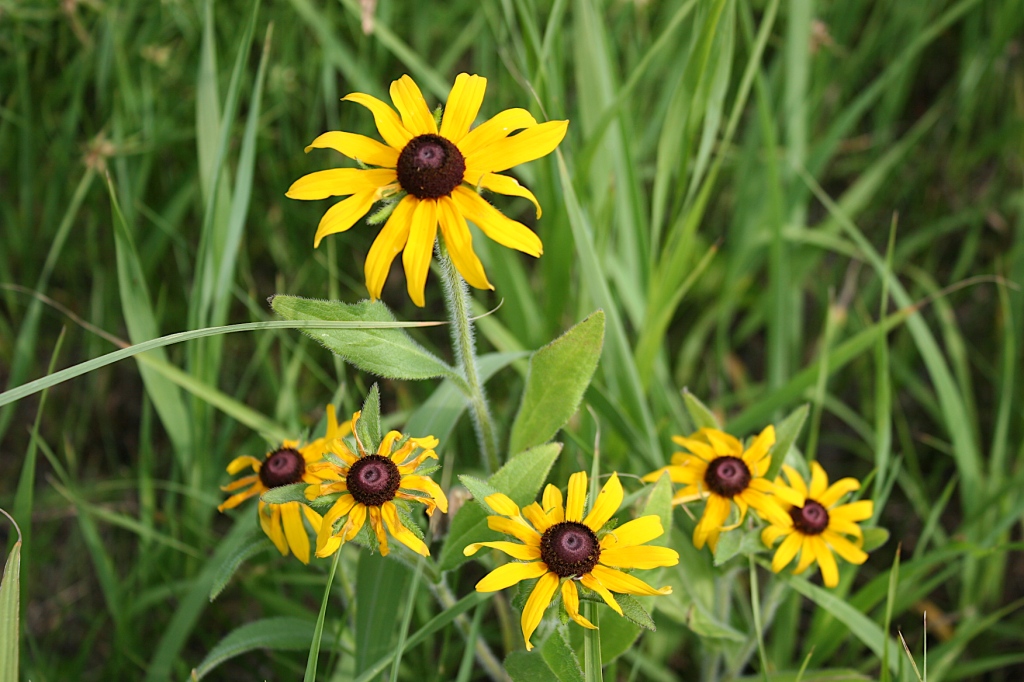








































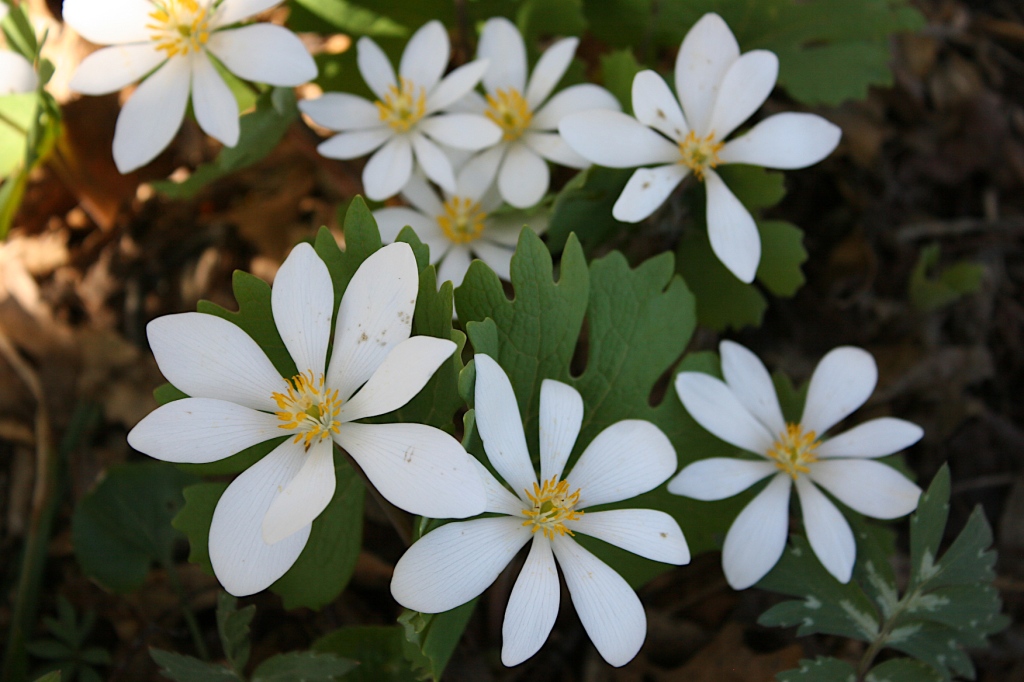
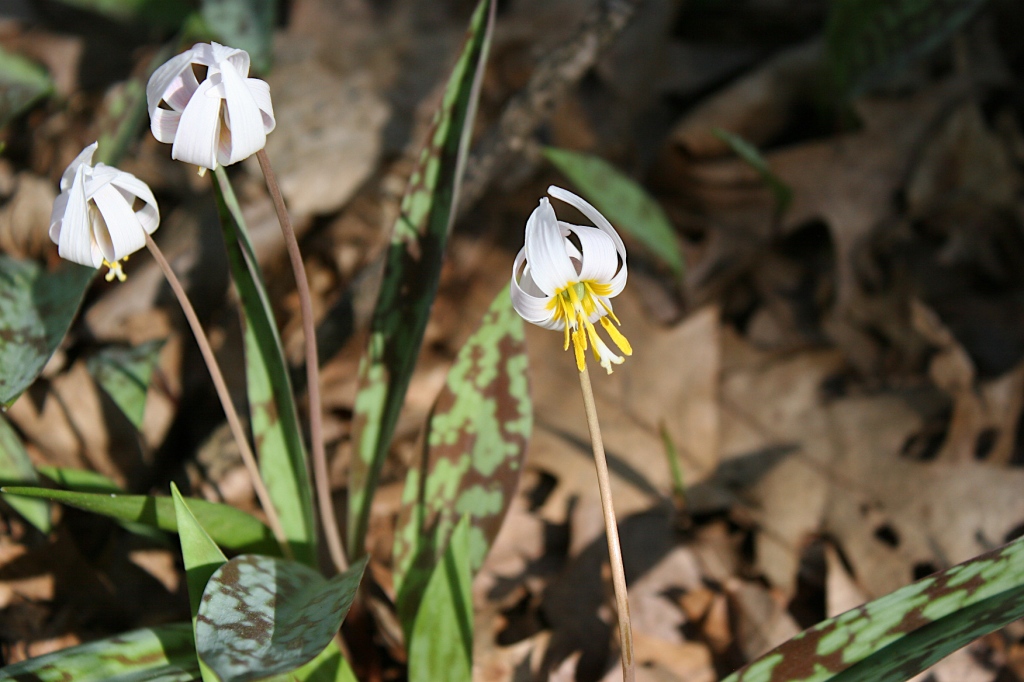
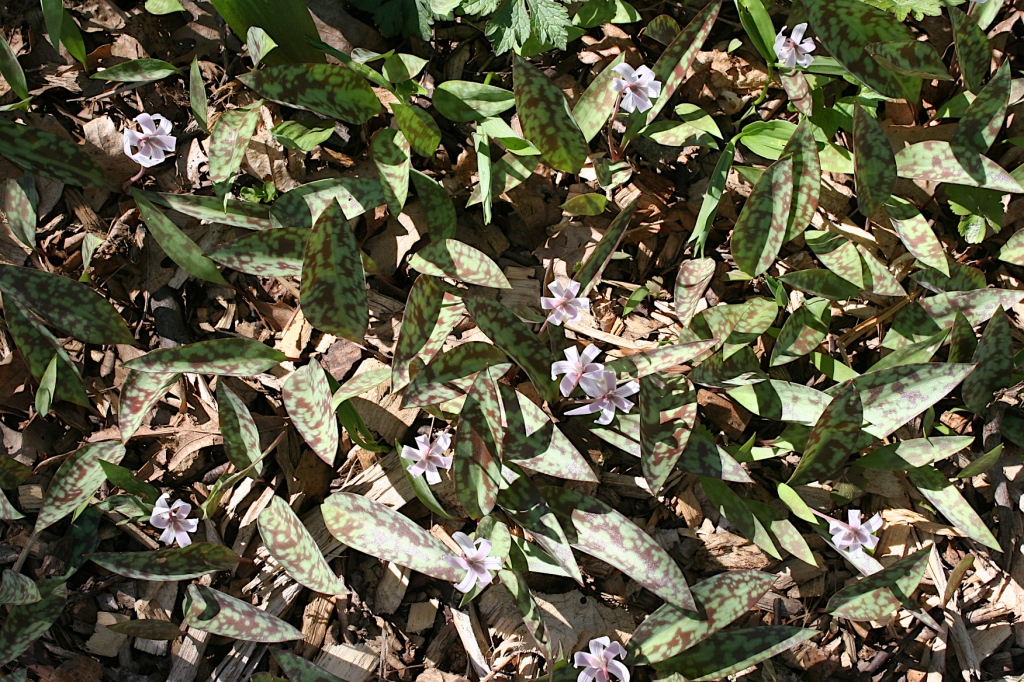
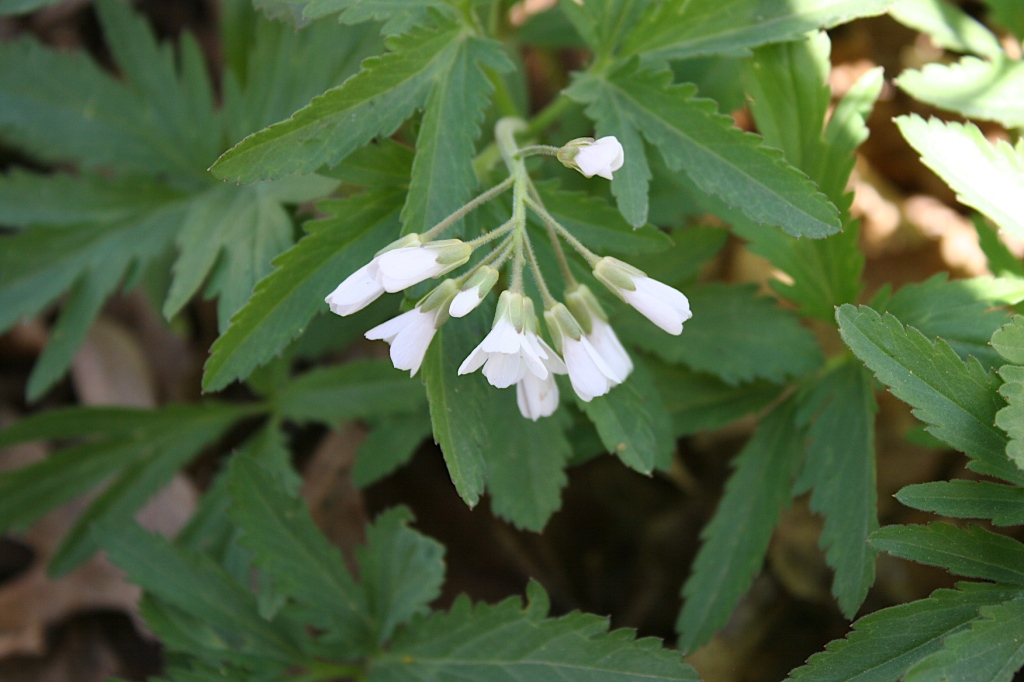
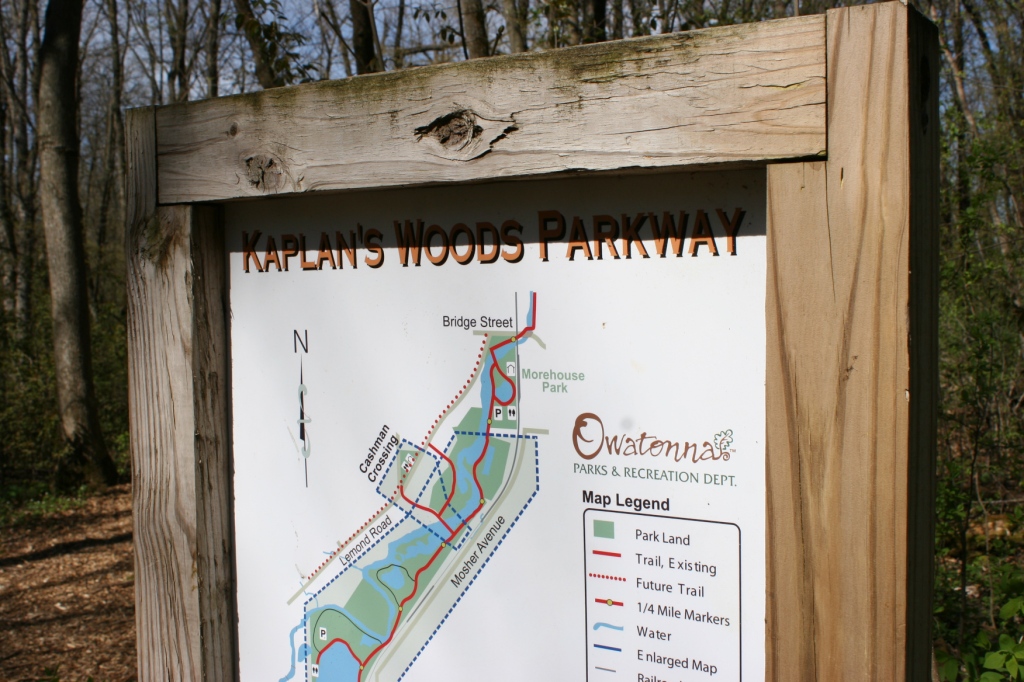
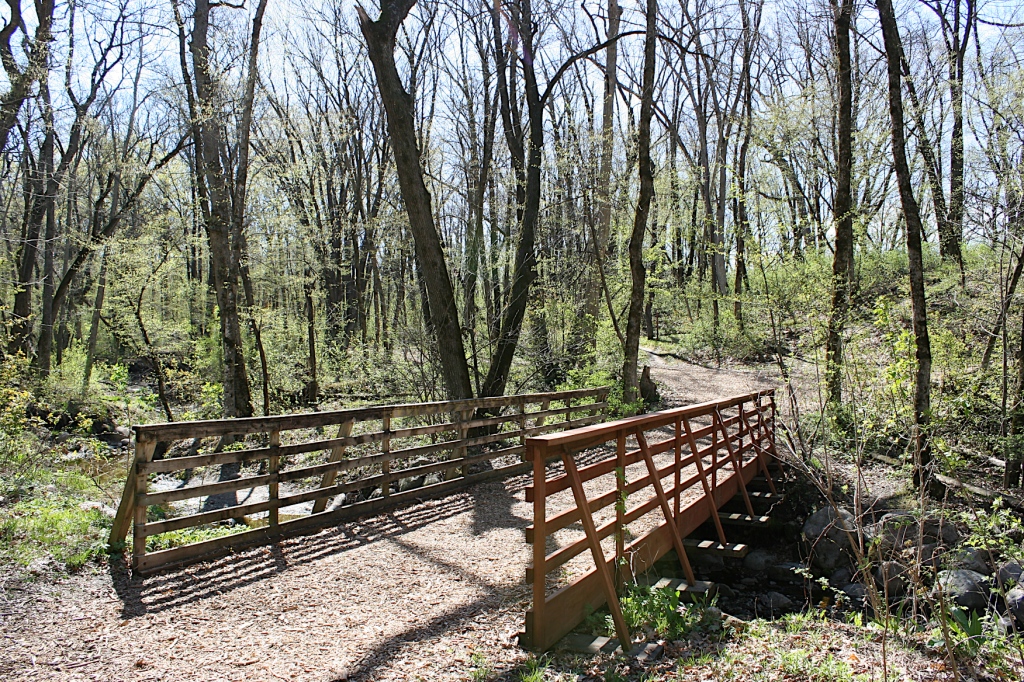
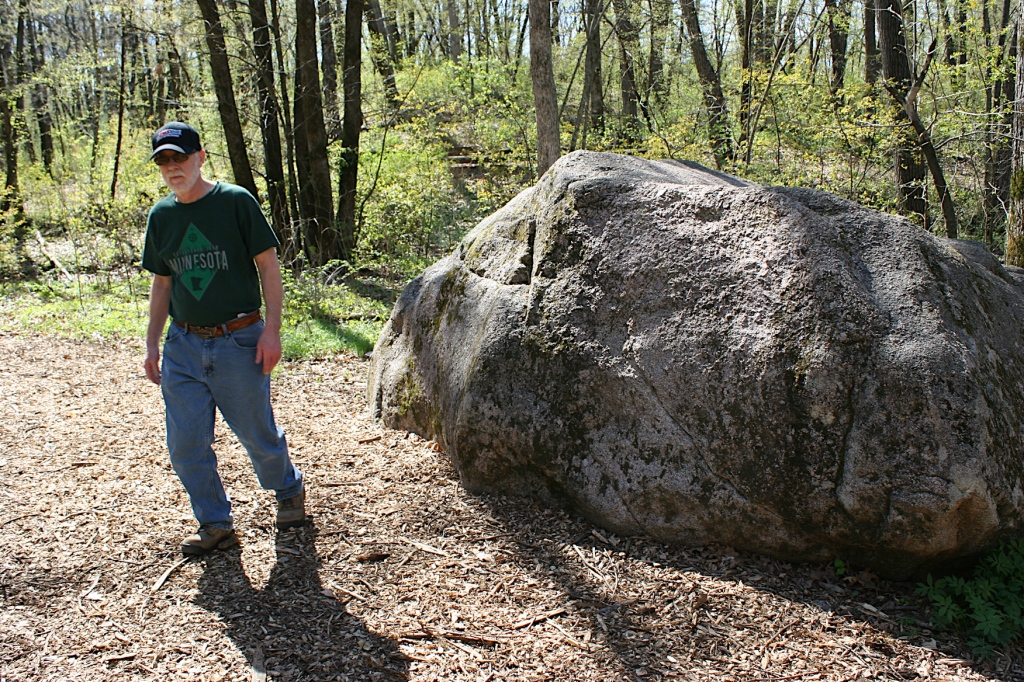
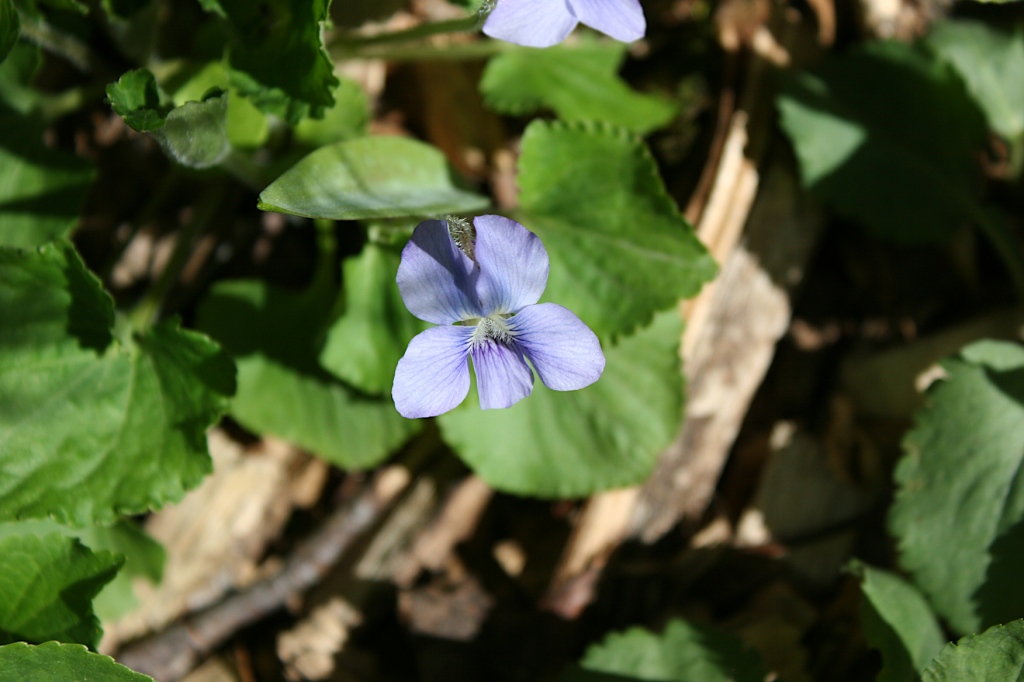
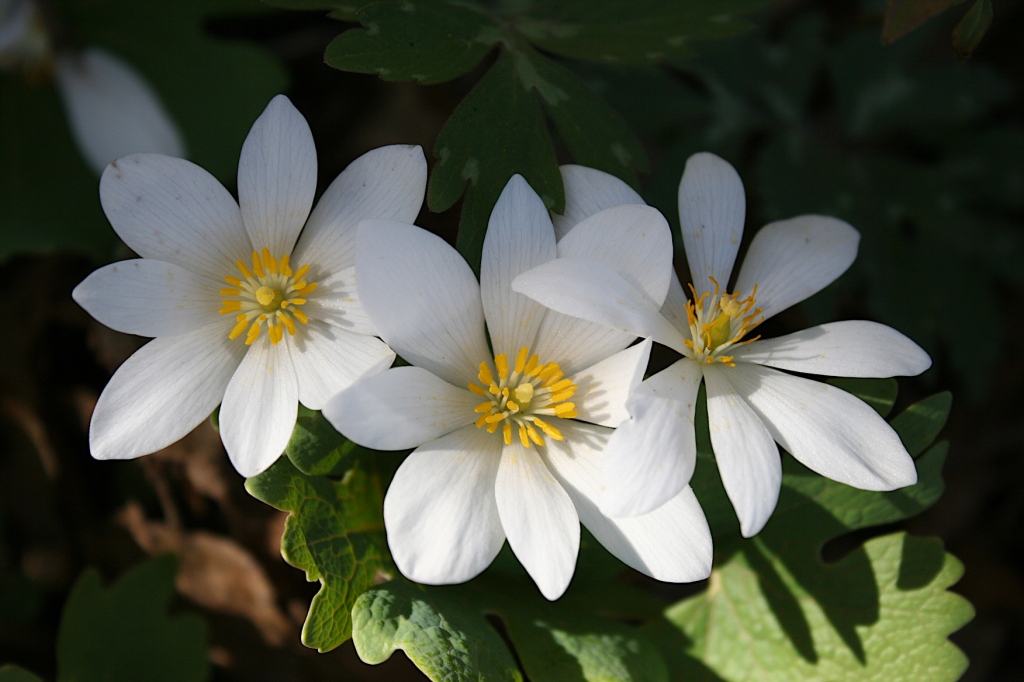
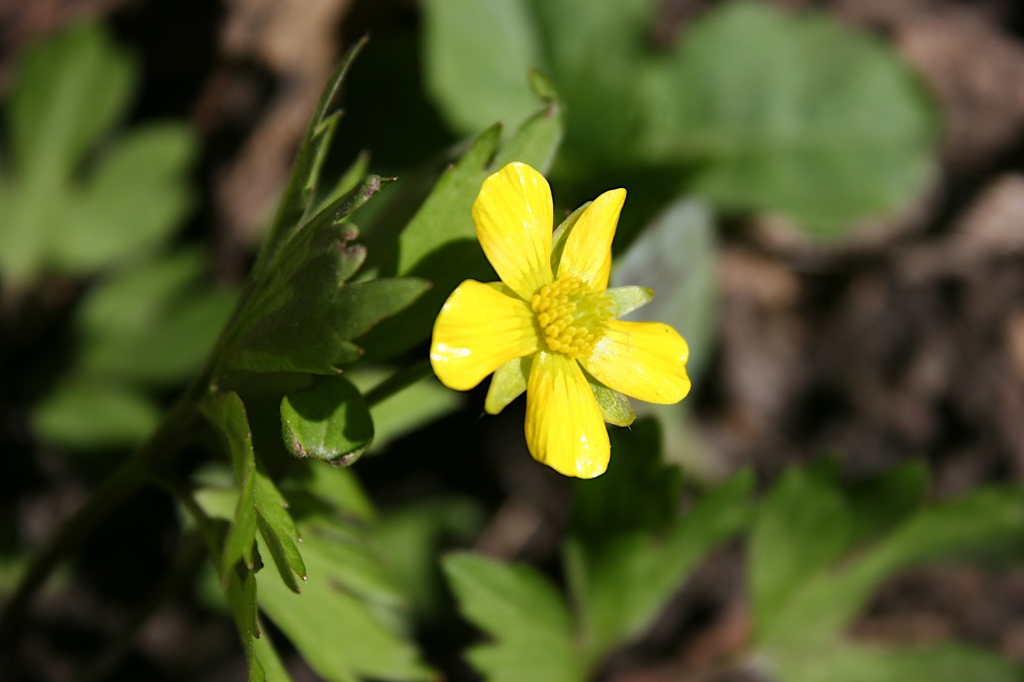
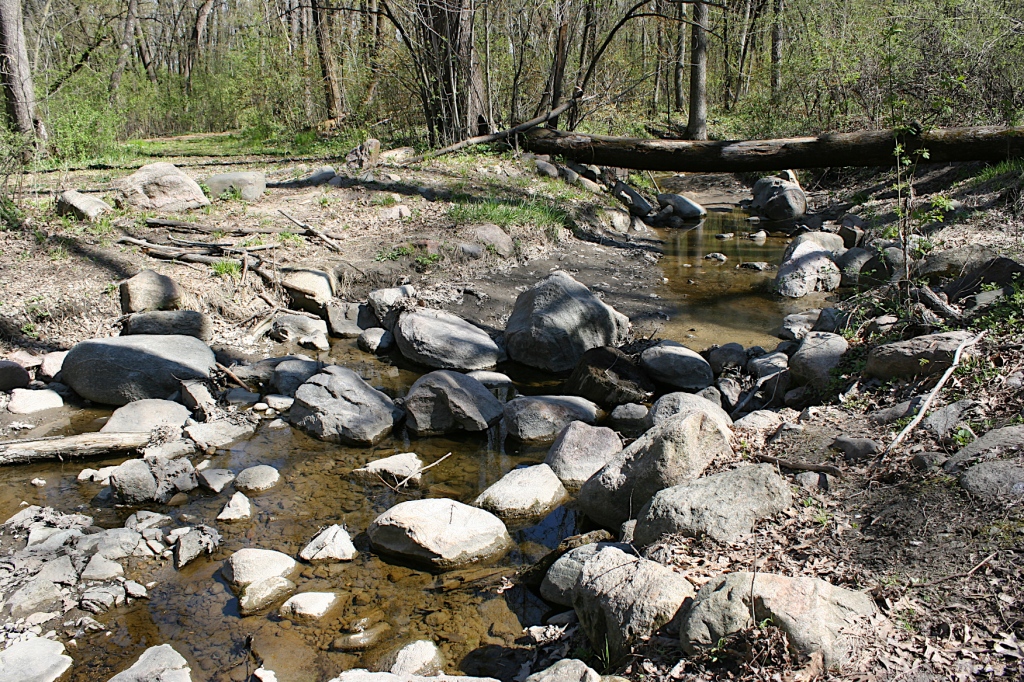
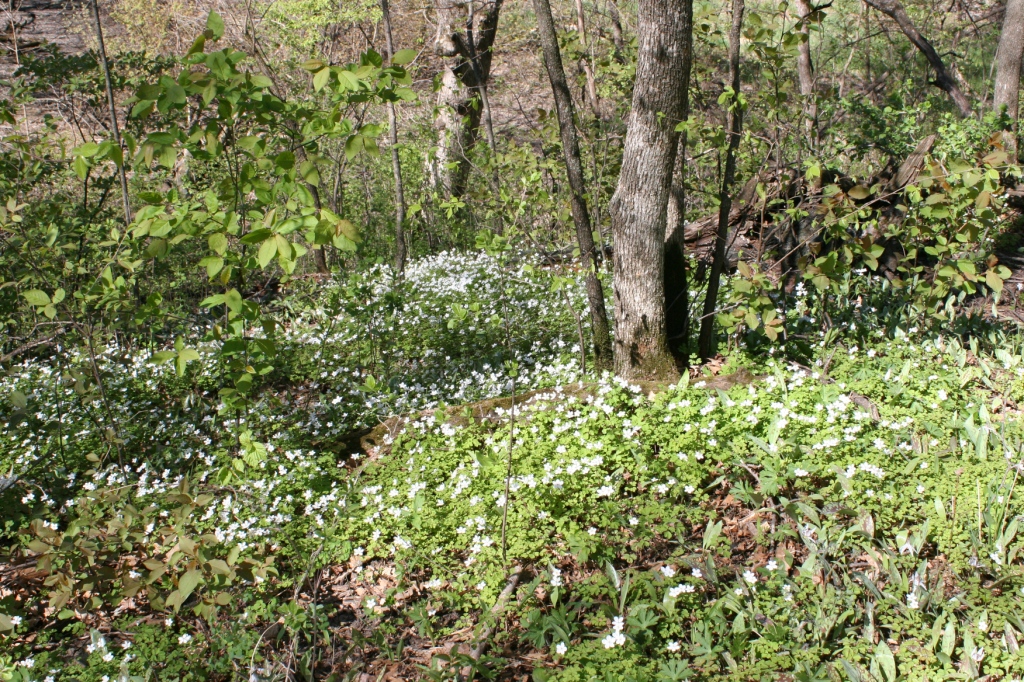


































Recent Comments